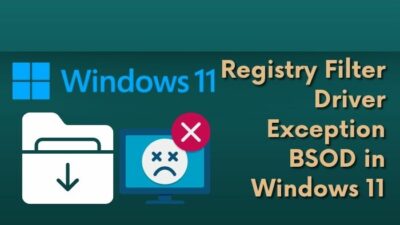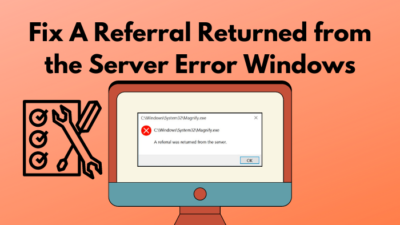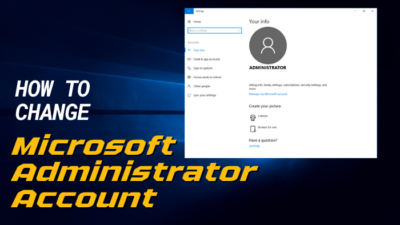Are you seeing a mysterious debug.log or debug.txt file on your desktop appearing out of nowhere? You tried deleting the file, but it’s reappearing after restart?
I know how annoying this can be. I mean, seeing a random file pooping out on my desktop bugs the hell out of me.
Don’t worry, though; you have come to the right place.
I have researched what causes this file to appear and what you can do to fix the issue. In this article, I will walk you through everything you need to know about this strange random file.
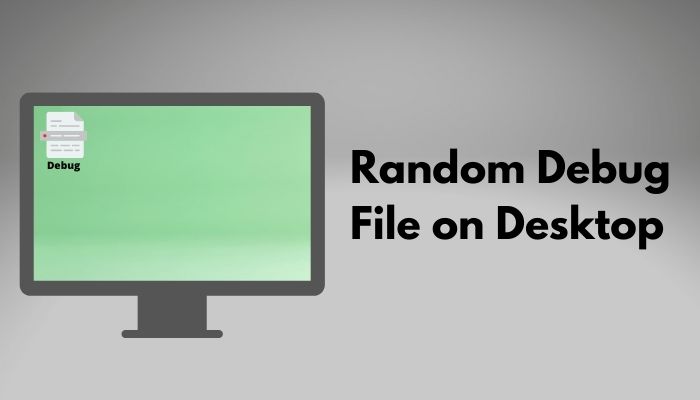
Why Is There a Debug File on My Desktop?
Earlier, when Windows 10 used to crash, froze or show blue screen errors, it dropped a debug file on the desktop containing information about the errors you encountered. This debug file only appeared in case of unwanted crashes and could be removed.
Hence, when users started encountering the sudden appearance of a mysterious debug file on their desktops, it was assumed that it was a Windows bug issue. The file comes with an error message saying:
FindFirstFile: The system cannot find the path specified
But apparently, that is not the case! Microsoft is not at fault here.
Upon researching thoroughly with the community, I found that bugs in Chromium-based browsers are the real culprits behind creating this file.
Chromium is an open-source project. So, if you use chromium-based browsers, e.g., Chrome, Brave, Microsoft Edge, Opera, etc., you might encounter this issue. These browsers use the source code, and a bug in Chromium affects all browsers using its source code.
You cannot permanently delete the file! When you remove it, in most cases, it will re-appear after you restart your PC. In some cases, the file re-appears when you restart certain apps in the browser.
Is the Debug File a Virus?
If the debug file has an extension of .log or .txt, it is just a random log file created by your Chromium-based browser., It is entirely safe to open.
But if it has the .exe extension, then it is malware known as debug.exe miner malware. It is a new mining Trojan horse that aims to mine for anonymous cryptocurrencies, from the likes of Monero and BitCoin. It takes advantage of the computers to perform the mining process.
You can quickly check what the extension of the debug file on your desktop is:
- Right-click on the file and select Properties.
- Verify the extension in the Type of File inside the first bracket.
IMPORTANT: If it is a .exe file, do not open it ever. Install a good antivirus to get rid of it. Or you can also boot into Safe mode and then remove the program from the control panel.
Is It Harmless to Remove the Debug File?
Yes, it is. Chromium-based browsers generate this debug file at random because of a glitch. It is of no utility to you or even the browser itself.
So, yes, it is very safe to remove the file. You don’t have to worry about it even in the slightest.
How to Remove the Debug File From Desktop Permanently
As I mentioned earlier, deleting it doesn’t help you get rid of it. It just keeps recreating itself. You could keep deleting it over and over. But isn’t it exhausting and annoying at the same time?
So, I will give you some simple fixes that will get you out of the problem. These are very simple and effective fixes.
Here are the methods to get rid of the debug file permanently:
1. Clear the Browser’s Crashpad Folder
Clearing the contents inside the browser’s Crashpad folder is the most effective fix to fix the debug file issue and works in most cases.
What is the Crashpad folder, you ask?
Crashpad is a library in the Chromium-based browsers for capturing, storing, and transmitting postmortem crash reports from clients to upstream collection servers. It also provides a feature for clients to capture process dumps for diagnostic purposes.
In simple words, Crashpad is a feature for crash diagnosis.
As you already know that this debug file is created because of a bug in the Chromium engine; clearing the contents inside this Crashpad folder makes it go away.
Here are the steps to clear the Crashpad folder:
- Press Windows+R to open the Run box.
- If you use Chrome, enter %localappdata%\Google\Chrome\User Data\Crashpad in the type box.
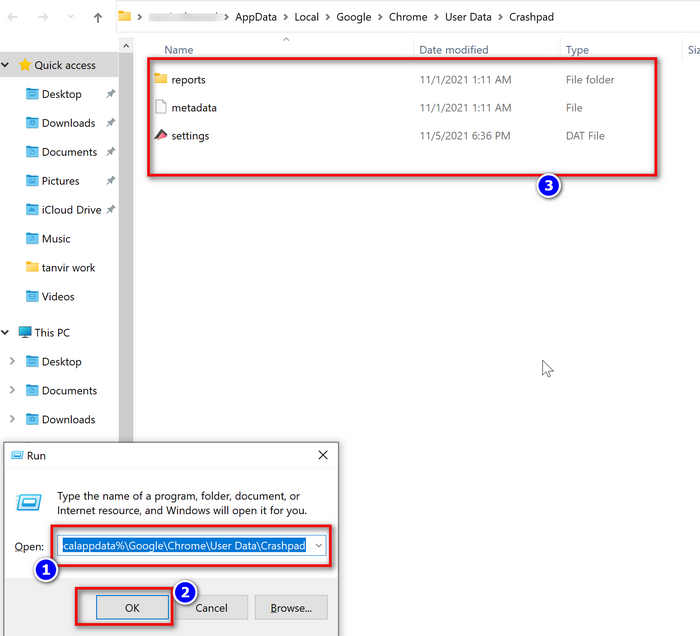
If you use Edge, type: %localappdata%\Microsoft\Edge\User Data\Crashpad in the type box.
- Press Ctrl+A to select all the contents and then press Del to delete them.
- Delete the debug file on the desktop.
- Restart your PC.
Your browser should no longer create the file.
2. Update Your Browser
All browser developers keep their products updated and release newer updated versions addressing bug issues.
This debug file issue is widespread among users, and the developers are aware of it. Chances are they have already released an updated version addressing this issue. So, you can try updating your chromium-based browser to the latest version.
Here are the steps to update your browser:
- Open up the browser you use, e.g., Chrome/Edge.
- Click on the three-dot menu on the top right corner of the window.
- Select Settings from the menu.
- Look for your browser’s about option, e.g., About Chrome/ About Microsoft Edge, from the left menu.
- Select it; your browser will automatically check for updates.
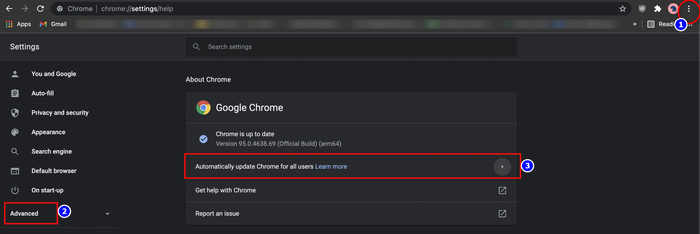
- Install the new update if there is one.
- Delete the debug file on the desktop.
- Restart your browser.
Upgrading the browser to the latest version should solve the issue for you.
If it doesn’t, don’t worry! Move on to the next solution.
3. Use Other Browser/Application to Open PDF Files
Sometimes using chromium-based browsers for opening PDF files might cause the debug file issue. Many users have reported that switching to non-Chromium-browser or dedicated pdf applications has resolved the issue for them.
So, you can give it a try too.
Here are the steps to follow:
- Press the Windows key to open the Windows start menu.
- Click on the gear icon on the left to go to Settings.
- Select the Apps tile from the tiles.
- Select Default Apps from the left pane.
- Scroll down and click on Choose Default Apps by File Type.
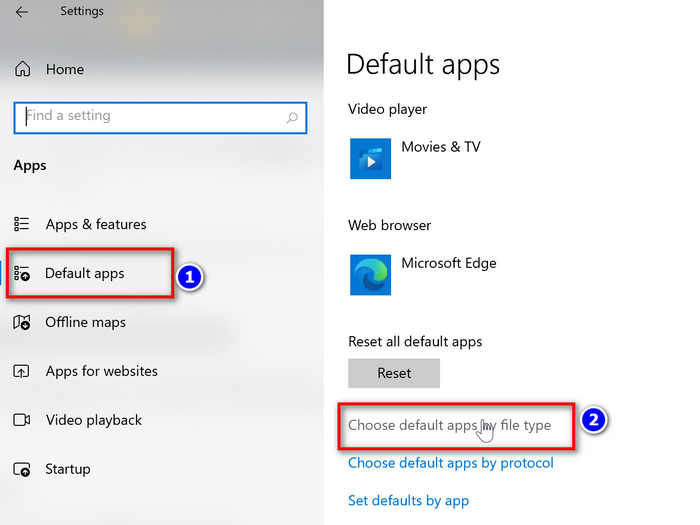
- Scroll and search for the option .pdf and then click on the application for it.
- Select a non Chromium browser (e.g., Mozilla Firefox) or application (e.g., Adobe Acrobat Reader DC)
- Restart your PC.
This may seem like a weird fix, and even I don’t know why opening pdf files cause this issue. But this method solved the issue for many users. It might work in your case too.
4. Delete the Debug File from the Startup Folder
If the debug file is present inside the startup folder, it will recreate itself on the desktop every time you boot into Windows. So, you should check if the debug file is there and remove it from the startup folder.
Here are the steps to delete the debug file from the startup folder:
- Press Windows+R to open the Run box.
- Type %appdata%\Microsoft\Windows\Start Menu\Programs\Startup and hit Enter.
- Select the debug file and press Del to delete it.
- Right-click on the taskbar and select Task Manager.
- Go to the Startup
- Uncheck the option Debug file (if you see it there)
- Restart your system.
5. Reinstall the Browser
Reinstalling an app when it’s misbehaving is one of the proven fixes to stop it from being buggy and throwing unwanted errors. Clean installation always helps to resolve unwanted issues.
Hence, you should try to reinstall your Chrome or Edge or whatever Chromium-based browser you are using.
N.B. Before uninstalling a browser, make sure you are logged in to save all your user data like bookmarks, ids, passwords, etc. Or else, you will lose them.
Here are the steps to reinstall a browser:
- Go to the Windows start menu.
- In the search box on the bottom, type Control Panel and select it from the results.
- Click on Uninstall a program under Programs.
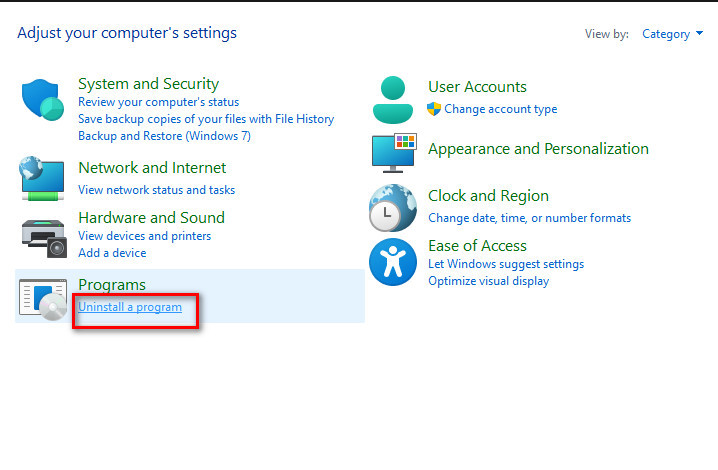
- Scroll and find the browser you want to reinstall.
- RIght-click kand select uninstall.
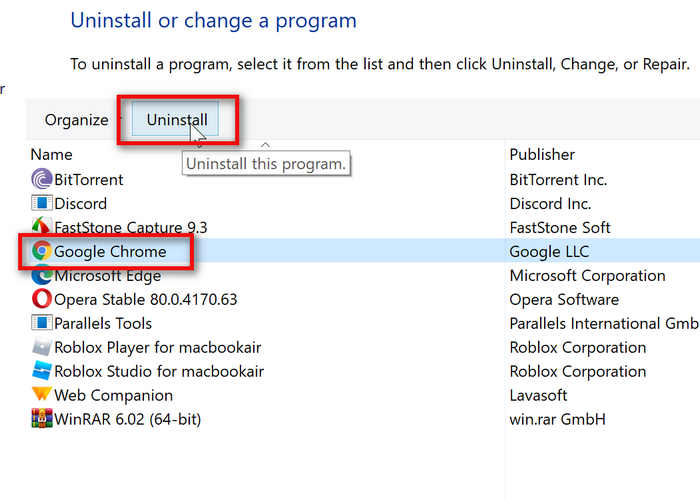
- Follow on-screen instructions to uninstall the browser.
- Delete the following folders if uninstalled Chrome:
C:\Program Files\Google\Chrome
%LocalAppData%\Google\Chrome
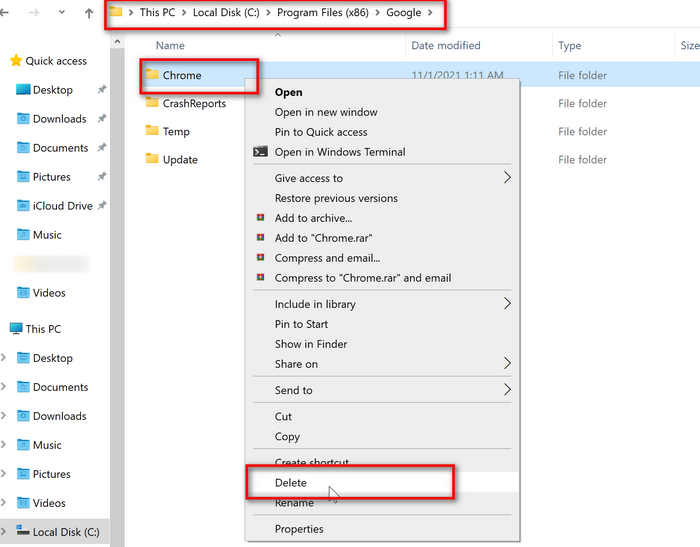
Delete the following folders if uninstalled Edge:
C:\Program Files (x86)\Microsoft\Edge
%LocalAppData%\MicrosoftEdge
- Reboot your PC, download the latest version of the Chrome installer/Edge installer.
- After reinstalling, check if the debug file issue is resolved.
6. Make the Debug File Read-Only & Hide It
If none of the solutions worked, hiding the file and making it readable is the last option. You will no longer have to see it once you hide the file. And making it read-only will prevent the browser from editing the file or making it re-appear.
Here are the steps to follow:
- Open up the Windows file explorer.
- Select View from the tabs on top and uncheck the option Hidden items.
- Right-click on the debug file on the desktop and then select Properties.
- Check both the options of Read-Only and Hidden.
- Click Apply and then OK.
- Reboot your system, and you will not see the debug file on the desktop anymore.
Keep in mind that this is the last method you should try if none of the above workarounds help. \
Conclusion
I tried everything you need to know about the mysterious debug file on your desktop and how you can remove it permanently.
If you have any other questions regarding this or any other topic, feel free to ask in the comment section. I will get back to you with the answer.


